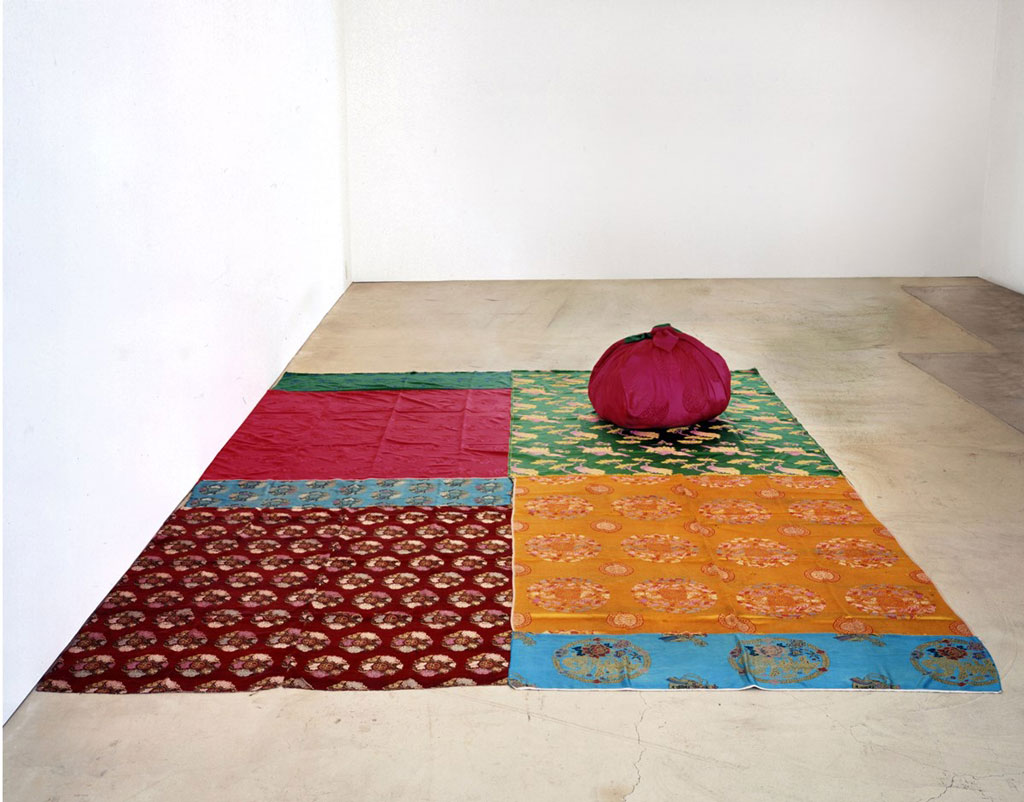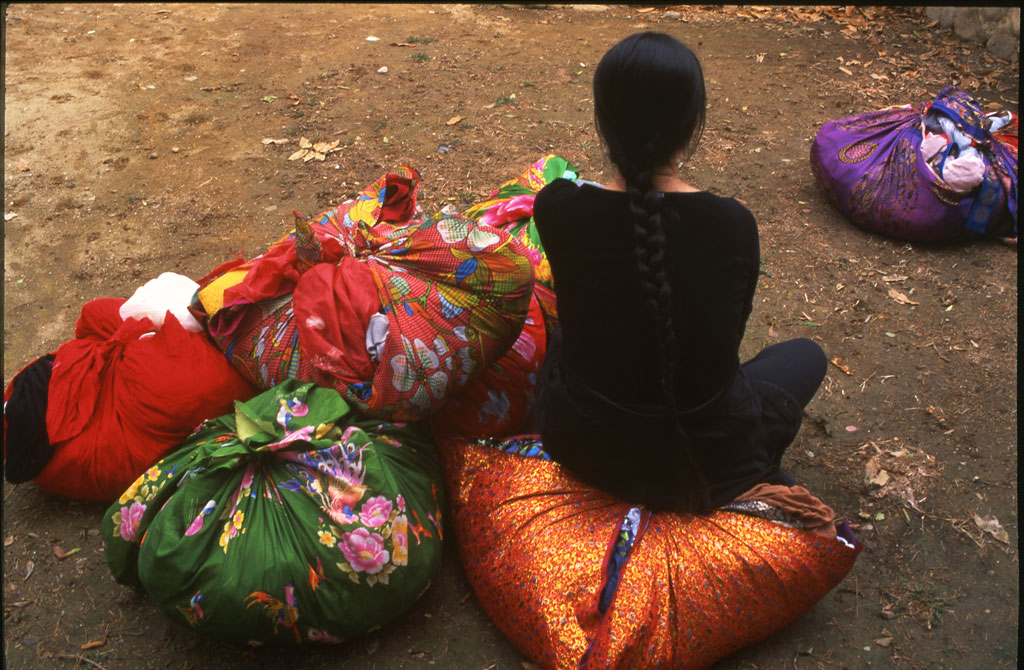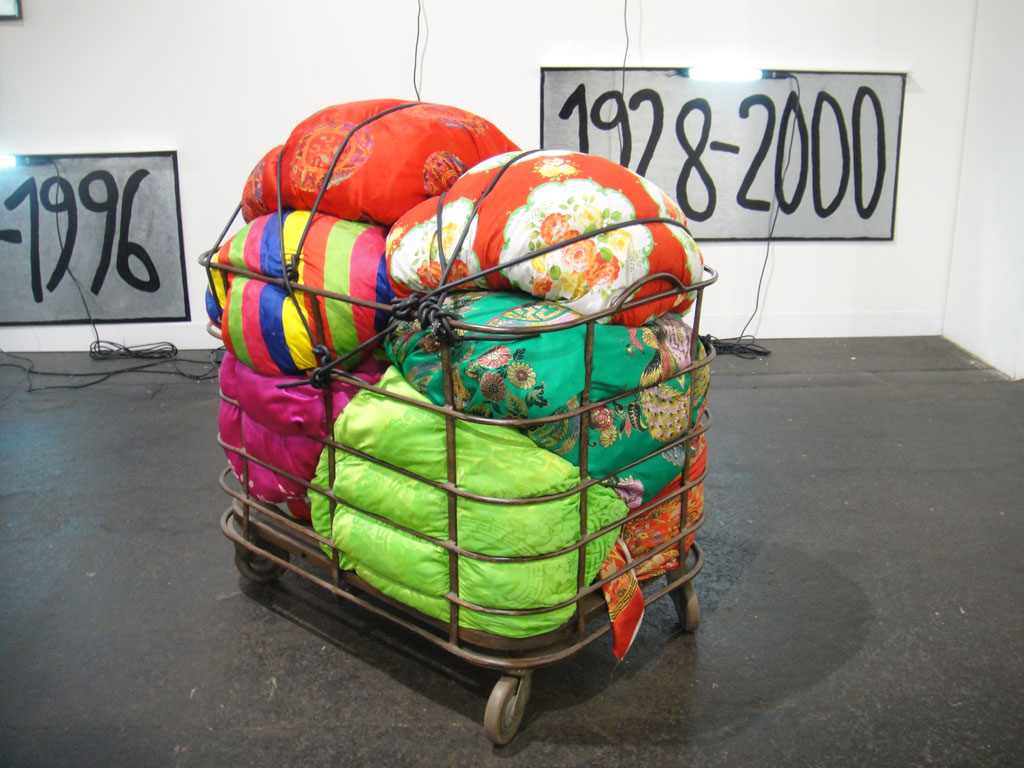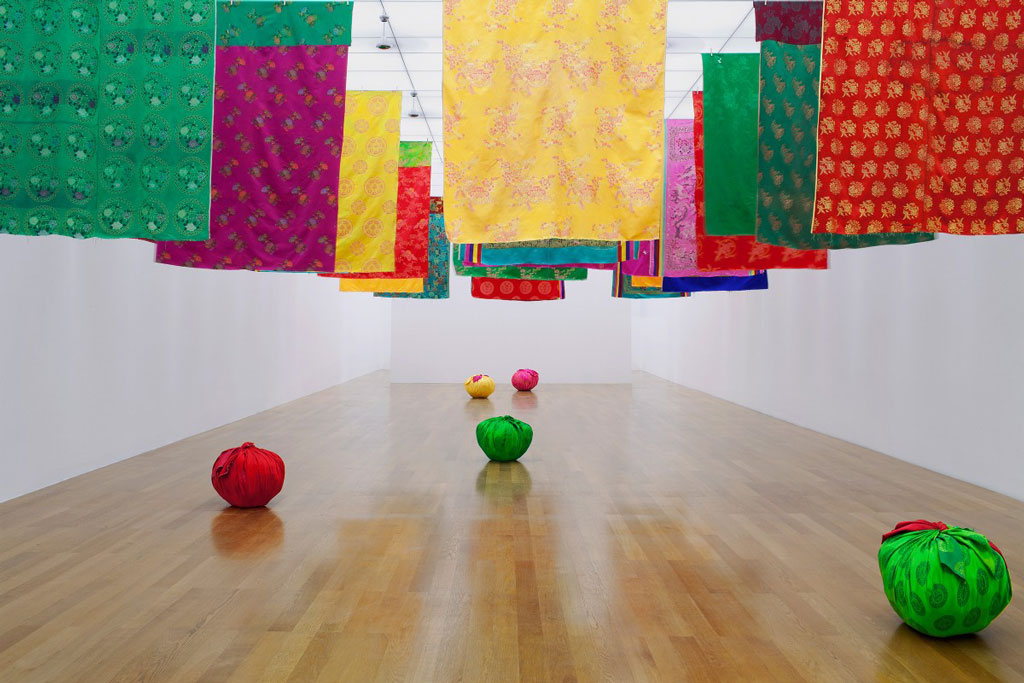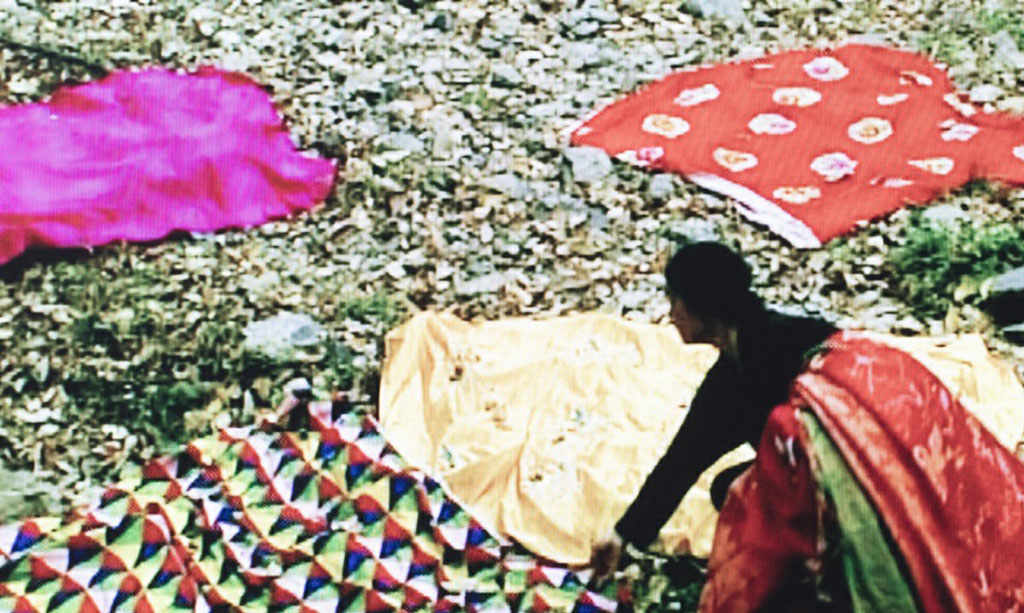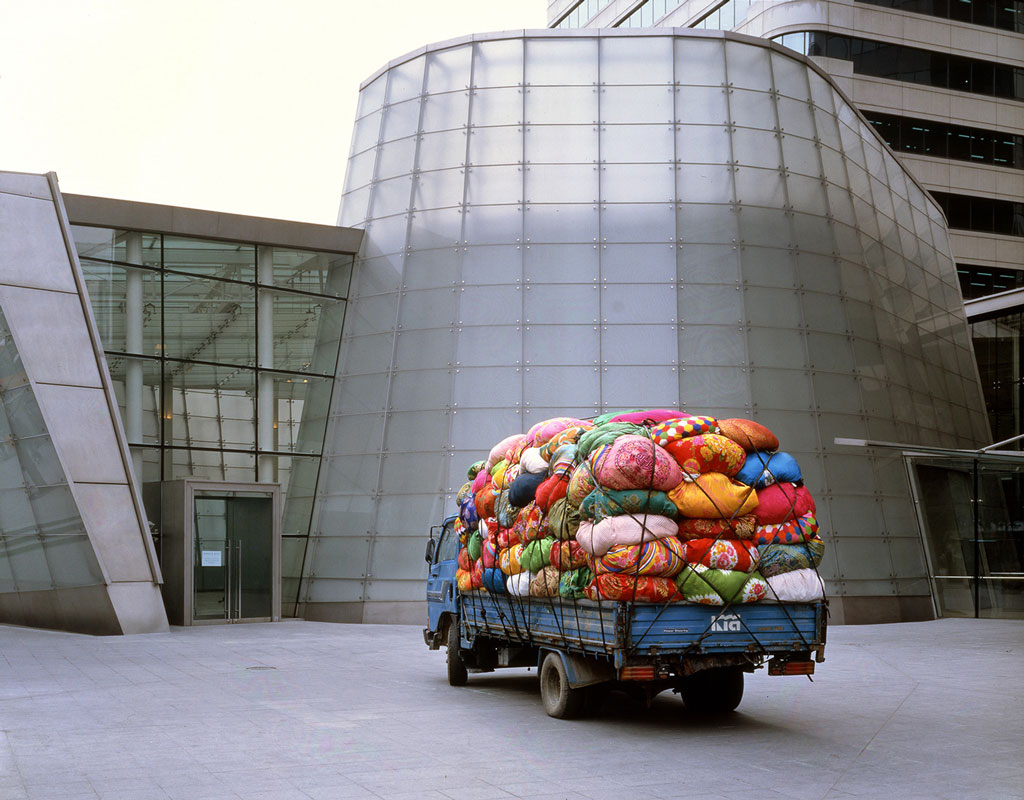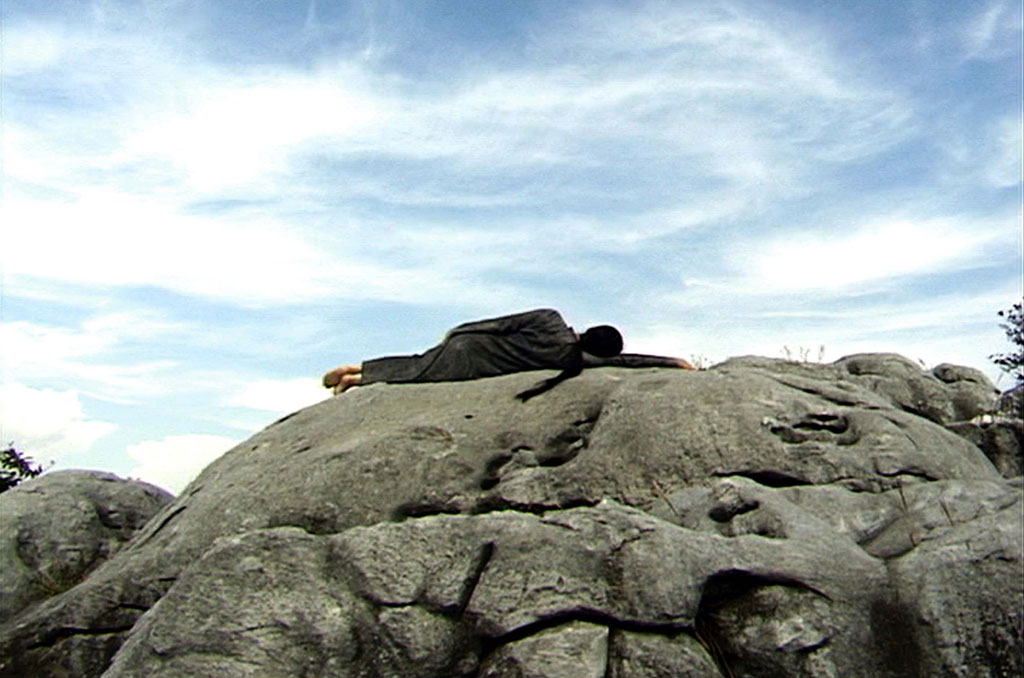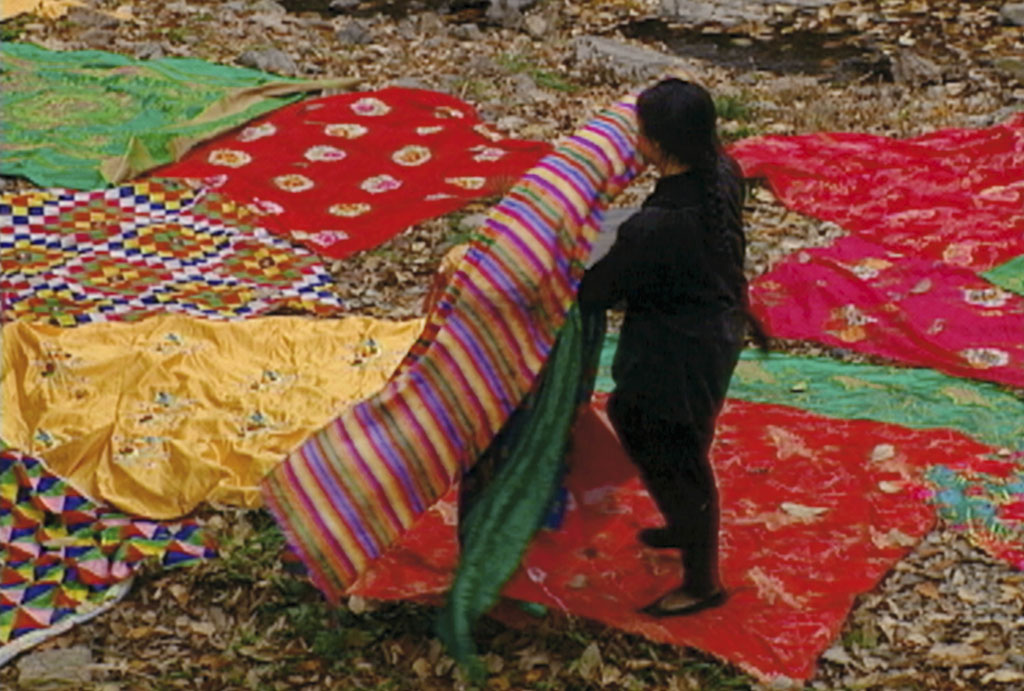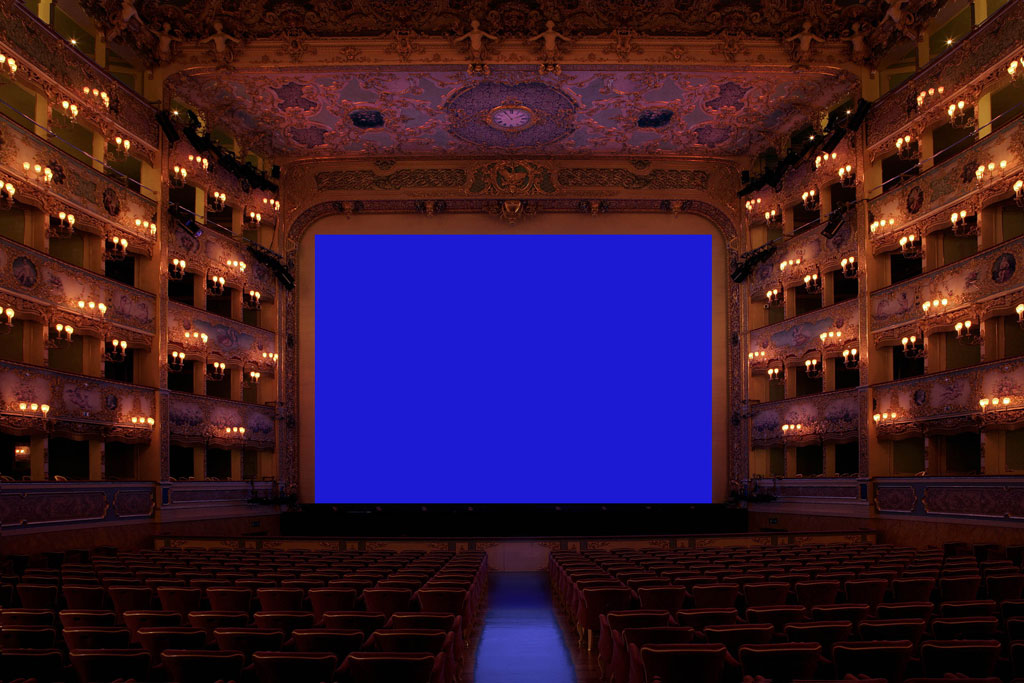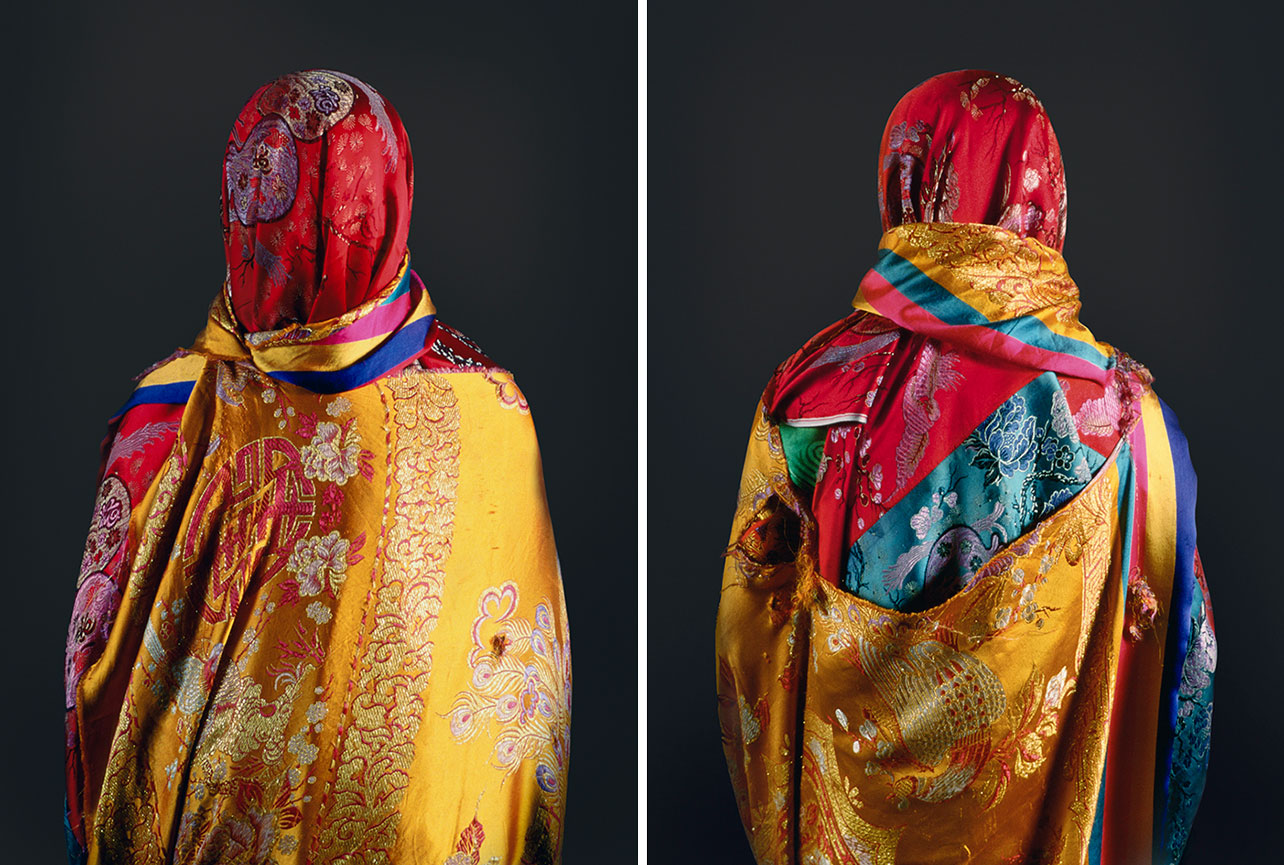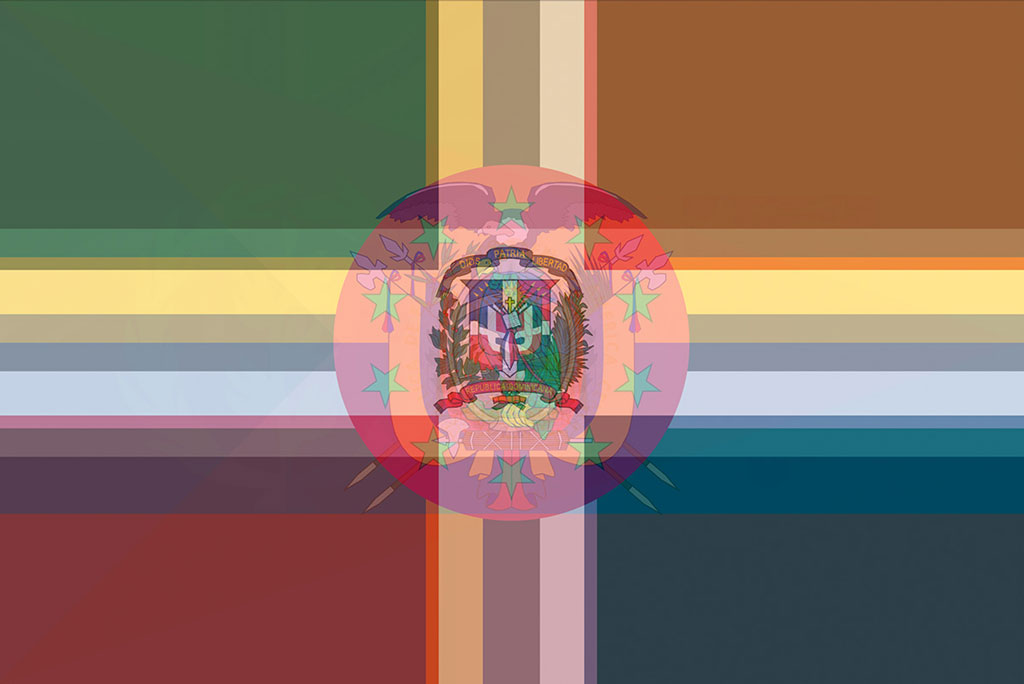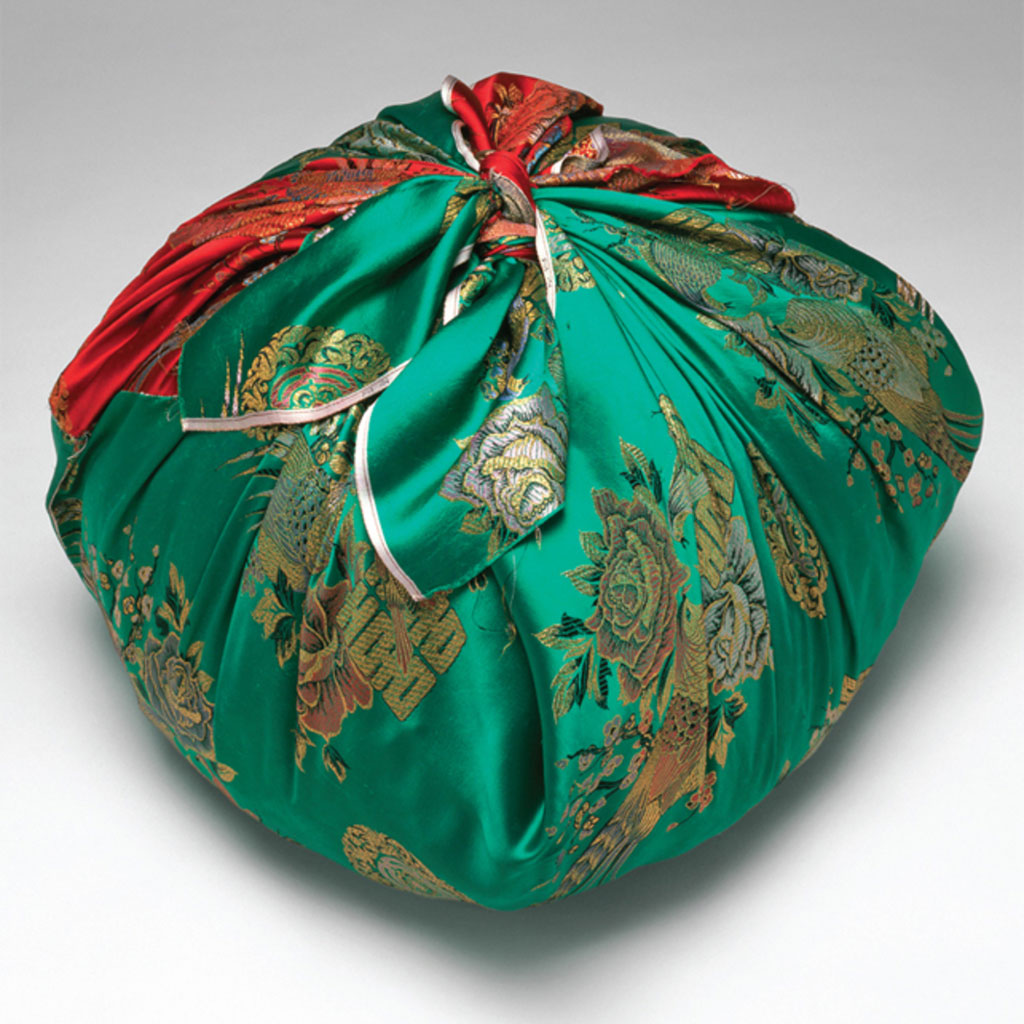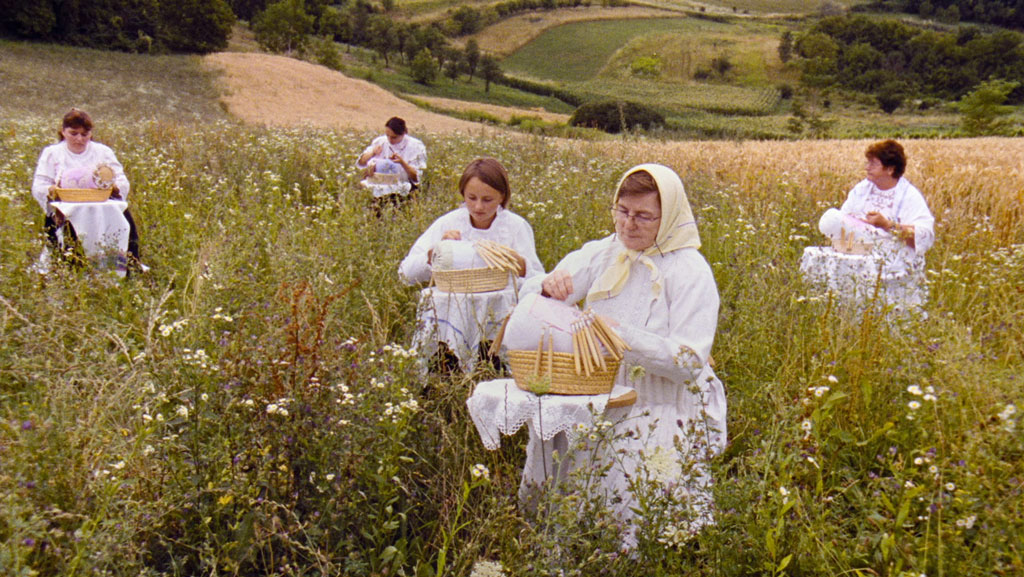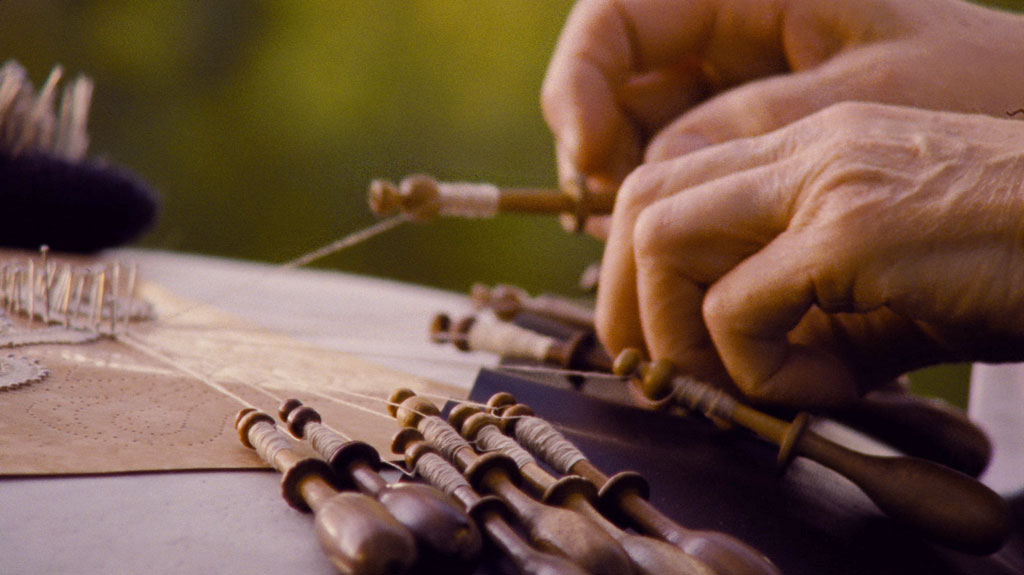ART-TRIBUTE:Weaving and other Practices… Kimsooja
 We continue our tribute with the Korean artis Kimsooja (1957- ). Adressing issues of the displaced self and others, Kimsooja’s work combines performance, video, photo, and site-specific installation using sound, light, and specific Korean bedcovers. With the eyes of a mirror and a needle that reveals and brings us to an awareness of self, Kimsooja investigates questions concerning the conditions of humanity, while engaging issues of aesthetics, culture, politics, and the environment we live in.
We continue our tribute with the Korean artis Kimsooja (1957- ). Adressing issues of the displaced self and others, Kimsooja’s work combines performance, video, photo, and site-specific installation using sound, light, and specific Korean bedcovers. With the eyes of a mirror and a needle that reveals and brings us to an awareness of self, Kimsooja investigates questions concerning the conditions of humanity, while engaging issues of aesthetics, culture, politics, and the environment we live in.
By Efi Michalarou
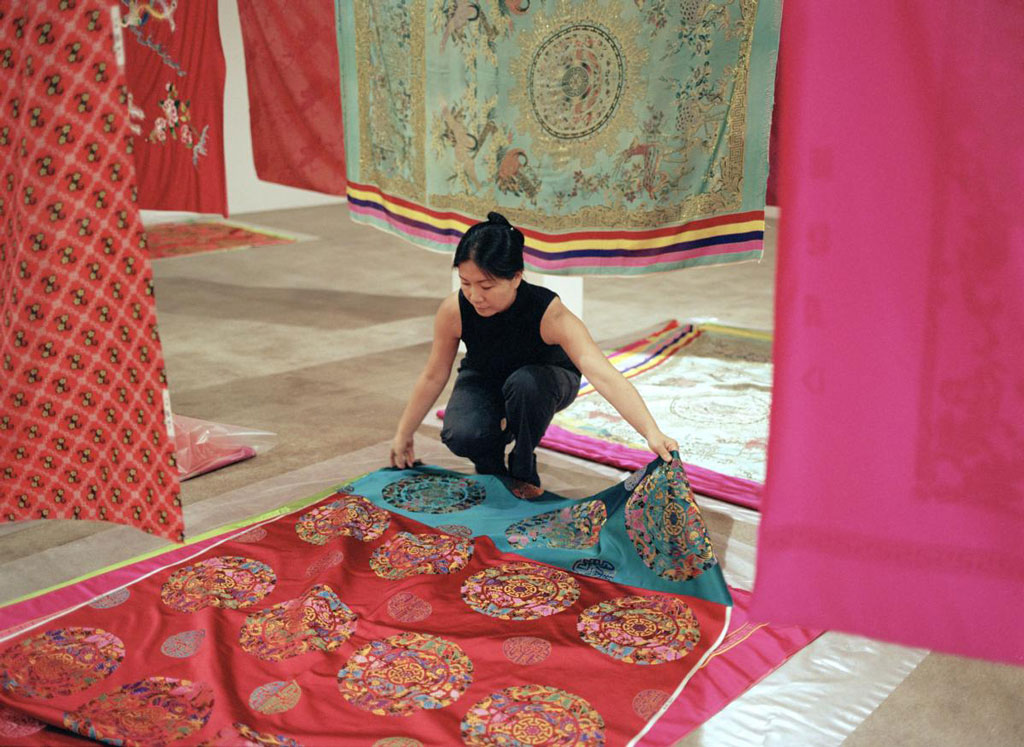 Kimsooja was born in Daegu, Korea, a city known for its textile industry. She studied Western painting at the Hongik University in Seoul and her origin as a painter was a crucial starting point for the development of her art. Kimsooja had a residency at a lithography studio at the École Nationale Supérieure des Beaux-arts in Paris (1984-85) and at P.S.1 Contemporary Art Center in New York (1992-93). In the early 1980s her artistic practice started focusing on sewn work. “Sewing” series (1983-92), her first work with fabric, brought forth an assemblage of fabric forming cruciform structures that synthesized an entangled and knotted vision of the world into a system of horizontals and verticals. Like Lucio Fontana, Kimsooja also made art that was no longer a screen of illusion but a three-dimensional structure as she weaved through the surface of the work, piercing holes into it. These early sewn works, in turn, were inspired by the fabric and clothes that her grandmother had owned, while also fueled by Kimmsoja’s own interest in the traditional association between female labour and needlework in Korean culture. In “Sewing into Walking-Kyungju” (1994), the artist’s first video performance, Kimsooja is seen atop the valleys of Gwangju picking up scattered bedcovers on the valley’s floor and wrapping them into a bundle. A year later the artist returned to the valley for the first Gwangju Biennale in Korea, and scattered clothes made of traditional Korean fabrics on the ground of a forest. This installation, made of 2.5 tons of second-hand clothes and entitled “Sewing into Walking- Dedicated to the victims of Kwangju” commemorated the victims of the suppression of a democratic protest in Gwangju in 1980. This work established an analogy between the structure of fabric and that of the land which was of particular importance in terms of confirming the three-dimensionality and spatial topology of fabric in the artist’s work as well as establishing her body in performance as a needle that weaves through the fabric of humanity and nature. In 1999, Kimsooja presented her most iconic work “A Needle Woman” a performance video piece that premiered at CCA Kitakyushu, and further evolved in subsequent showings as a multi-channel video projection. In “A Needle Woman” the artist is seen her back facing the camera, wearing precisely the same clothes, standing precisely the same way in various metropolises: Tokyo, Shanghai, Delhi, New York, Mexico City, Cairo, Lagos, London, Patan, Nepal (1999–2001); and in a second series of performances: Havana, Cuba; N’Djamena, Chad; Rio de Janeiro, Brazil; Sana’a, Yemen; and Jerusalem (2005). Some locations visited in the work are places of violence, disrepair or unresolved conflict, lending to the needle a metaphoric function as an instrument of healing. Also, in “A Laundry Woman” (2000), a performance video piece shot in India, Kimsooja is seen immobile and standing in front of a river where debris seemingly drift. “A Needle Woman and A Laundry Woman” exposed the artist’s stances on non-doing and immobility as a form of art practice; lending to the action of immobility the virtue of inverting an audience’s linear perception of space and time. The first version of “A Needle Woman”, presented the artist laying horizontally on a rock and established nature and spatial orientation as a central subject in her work; already present in her use of the Korean color spectrum (Obangsaek) in which each color stands for a cardinal direction in Korean tradition. For “A Mirror Woman: The Sun and The Moon”, commissioned by the Shiseido Art Foundation in 2008, Kimsooja filmed the sun setting and the moon rising, along the beach of Goa, India. The artist then digitally layered an eclipse in which the footage of the Sun and the Moon were fused together. Starting in 2010, Kimsooja initiated a 16mm film project entitled “Thread Routes”. Divided into six chapters, “Thread Routes” unfolds as an anthropological poem that takes the act of threading as a central subject. It takes place in six different cultural zones around the world. The five preliminary chapters of the series were shot in Peru, Europe, India, China, and North America. Kimsooja represented Korea for the South Korean pavilion at the 55th Venice Biennale in 2013. For the piece entitled “To Breathe: Bottari” Kimsooja wrapped the entirety of the national pavilion’s interior with a translucent film that diffracted daylight, showering the internal structure with spectrums of light. Her sound piece “The Weaving Factory” (2004-13) also filled the pavilion with the sound of the artist inhaling and exhaling. These aspects of light and sound were further heightened by “To Breathe: Blackout” (2013), an anechoic chamber where the audience would be cast in complete darkness and devoid of sound except for that of the viewer’s own body.
Kimsooja was born in Daegu, Korea, a city known for its textile industry. She studied Western painting at the Hongik University in Seoul and her origin as a painter was a crucial starting point for the development of her art. Kimsooja had a residency at a lithography studio at the École Nationale Supérieure des Beaux-arts in Paris (1984-85) and at P.S.1 Contemporary Art Center in New York (1992-93). In the early 1980s her artistic practice started focusing on sewn work. “Sewing” series (1983-92), her first work with fabric, brought forth an assemblage of fabric forming cruciform structures that synthesized an entangled and knotted vision of the world into a system of horizontals and verticals. Like Lucio Fontana, Kimsooja also made art that was no longer a screen of illusion but a three-dimensional structure as she weaved through the surface of the work, piercing holes into it. These early sewn works, in turn, were inspired by the fabric and clothes that her grandmother had owned, while also fueled by Kimmsoja’s own interest in the traditional association between female labour and needlework in Korean culture. In “Sewing into Walking-Kyungju” (1994), the artist’s first video performance, Kimsooja is seen atop the valleys of Gwangju picking up scattered bedcovers on the valley’s floor and wrapping them into a bundle. A year later the artist returned to the valley for the first Gwangju Biennale in Korea, and scattered clothes made of traditional Korean fabrics on the ground of a forest. This installation, made of 2.5 tons of second-hand clothes and entitled “Sewing into Walking- Dedicated to the victims of Kwangju” commemorated the victims of the suppression of a democratic protest in Gwangju in 1980. This work established an analogy between the structure of fabric and that of the land which was of particular importance in terms of confirming the three-dimensionality and spatial topology of fabric in the artist’s work as well as establishing her body in performance as a needle that weaves through the fabric of humanity and nature. In 1999, Kimsooja presented her most iconic work “A Needle Woman” a performance video piece that premiered at CCA Kitakyushu, and further evolved in subsequent showings as a multi-channel video projection. In “A Needle Woman” the artist is seen her back facing the camera, wearing precisely the same clothes, standing precisely the same way in various metropolises: Tokyo, Shanghai, Delhi, New York, Mexico City, Cairo, Lagos, London, Patan, Nepal (1999–2001); and in a second series of performances: Havana, Cuba; N’Djamena, Chad; Rio de Janeiro, Brazil; Sana’a, Yemen; and Jerusalem (2005). Some locations visited in the work are places of violence, disrepair or unresolved conflict, lending to the needle a metaphoric function as an instrument of healing. Also, in “A Laundry Woman” (2000), a performance video piece shot in India, Kimsooja is seen immobile and standing in front of a river where debris seemingly drift. “A Needle Woman and A Laundry Woman” exposed the artist’s stances on non-doing and immobility as a form of art practice; lending to the action of immobility the virtue of inverting an audience’s linear perception of space and time. The first version of “A Needle Woman”, presented the artist laying horizontally on a rock and established nature and spatial orientation as a central subject in her work; already present in her use of the Korean color spectrum (Obangsaek) in which each color stands for a cardinal direction in Korean tradition. For “A Mirror Woman: The Sun and The Moon”, commissioned by the Shiseido Art Foundation in 2008, Kimsooja filmed the sun setting and the moon rising, along the beach of Goa, India. The artist then digitally layered an eclipse in which the footage of the Sun and the Moon were fused together. Starting in 2010, Kimsooja initiated a 16mm film project entitled “Thread Routes”. Divided into six chapters, “Thread Routes” unfolds as an anthropological poem that takes the act of threading as a central subject. It takes place in six different cultural zones around the world. The five preliminary chapters of the series were shot in Peru, Europe, India, China, and North America. Kimsooja represented Korea for the South Korean pavilion at the 55th Venice Biennale in 2013. For the piece entitled “To Breathe: Bottari” Kimsooja wrapped the entirety of the national pavilion’s interior with a translucent film that diffracted daylight, showering the internal structure with spectrums of light. Her sound piece “The Weaving Factory” (2004-13) also filled the pavilion with the sound of the artist inhaling and exhaling. These aspects of light and sound were further heightened by “To Breathe: Blackout” (2013), an anechoic chamber where the audience would be cast in complete darkness and devoid of sound except for that of the viewer’s own body.